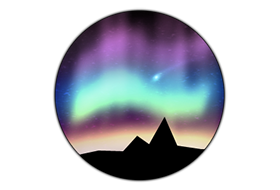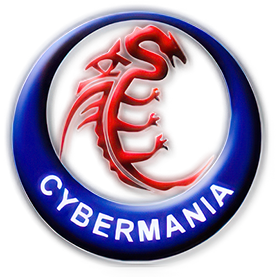
Aurora-RGB is open-source and all features are free. Background usage of Aurora is edge case optimized for best gaming experience. As it’s developer, I always use Aurora and naturally want it to have low resource usage. Aurora has default native game integrations. It can also use reverse-engineered brand specific integrations.
Supported Device Types
RGB Keyboards
RGB Mice
RGB Mousepad
WiFi Lights (like Nanoleaf, Phillips Hue, Yeelight)
RGB Fans
General
Display volume percentage on the keyboard
Display CPU and Memory usage on the keyboard
Layering system for effects
Define custom layers with individual effects
Key selection via freeform region
Customizable “away from keyboard” effects
Set global peripheral brightness on the fly without having to leave your game
Completely turn off peripheral lights after a specific time
Interactive keyboard effects such as: Key Fade, Key Wave, and Arrow Flow
Preview lighting effects without having to launch the game
Simultaneous support for different brands of RGB peripheral devices
Support for a wide range of models from all the top brands of RGB peripherals
Support for almost any Logitech LED and Razer Chroma supported games
Add other programs to define custom lighting layers for daytime and nighttime themes
Display shortcut keys with Shortcuts Assistant
Automatic updater
Ability to select your preferred keyboard layout and brand
Ability to select your mouse, and it’s orientation (left/right handed)
Import/Export for profile settings
Customizable gradient layers
Scripting support for custom lighting effects & custom devices
Fixes
Fixed the memory leak with Percent (Gradient) Layer
Fixed small memory leaks that happened when Non-render layers are deleted
Updated LibreHardwareMonitor
Lightsync integration takeover will now check if the Lightsync dll is from LGS, thus it will report not compatible with GHUB dll
